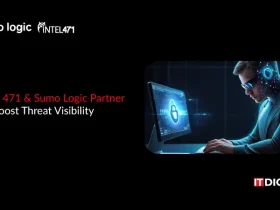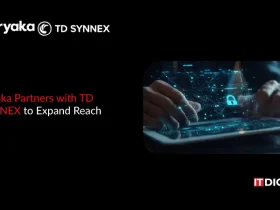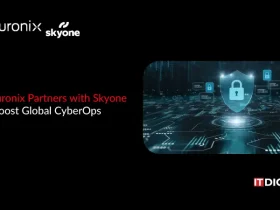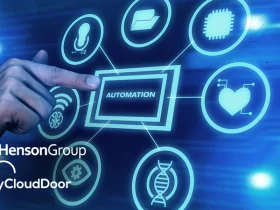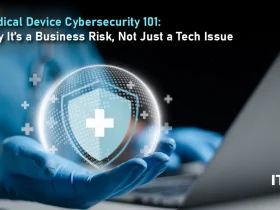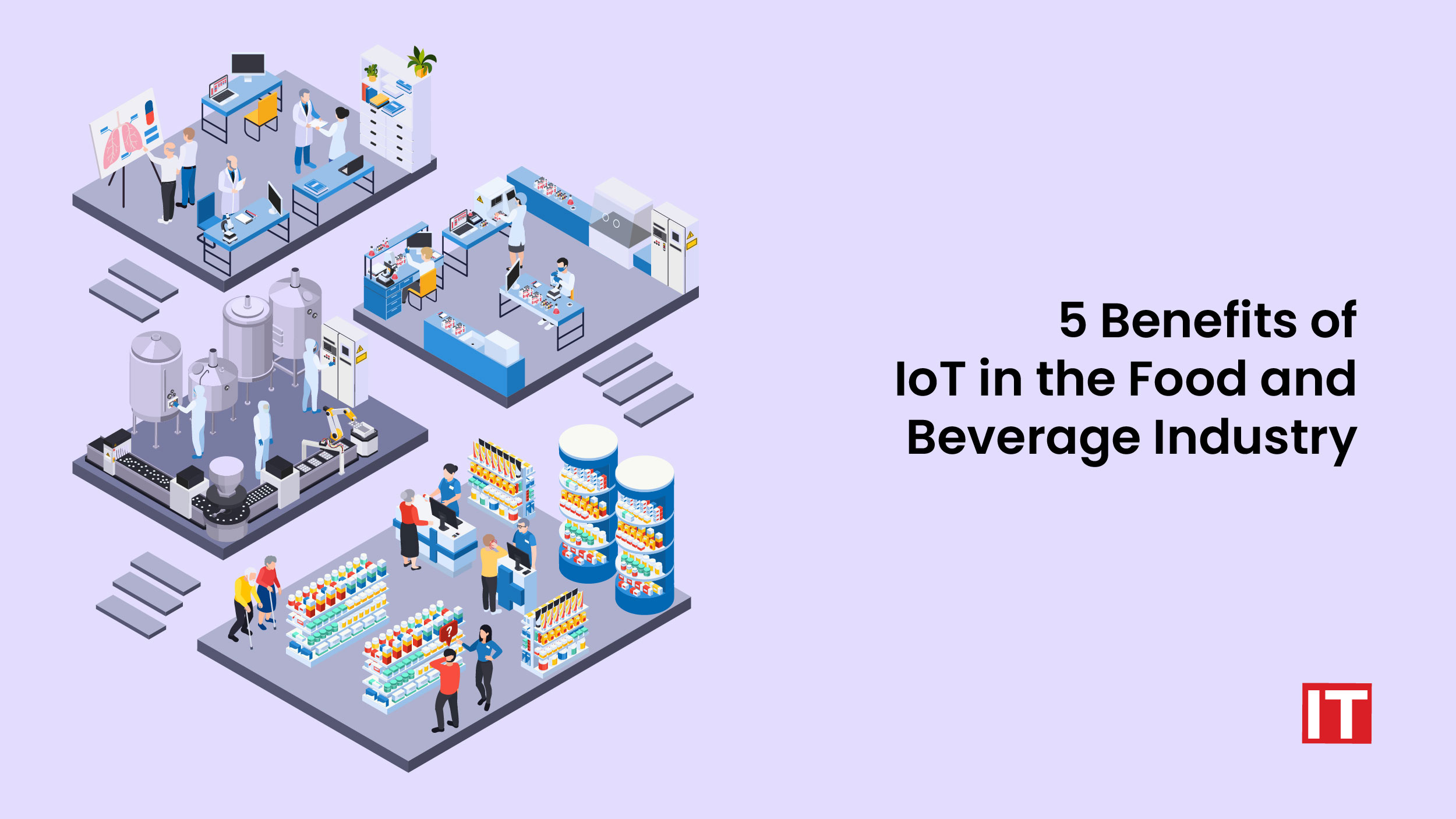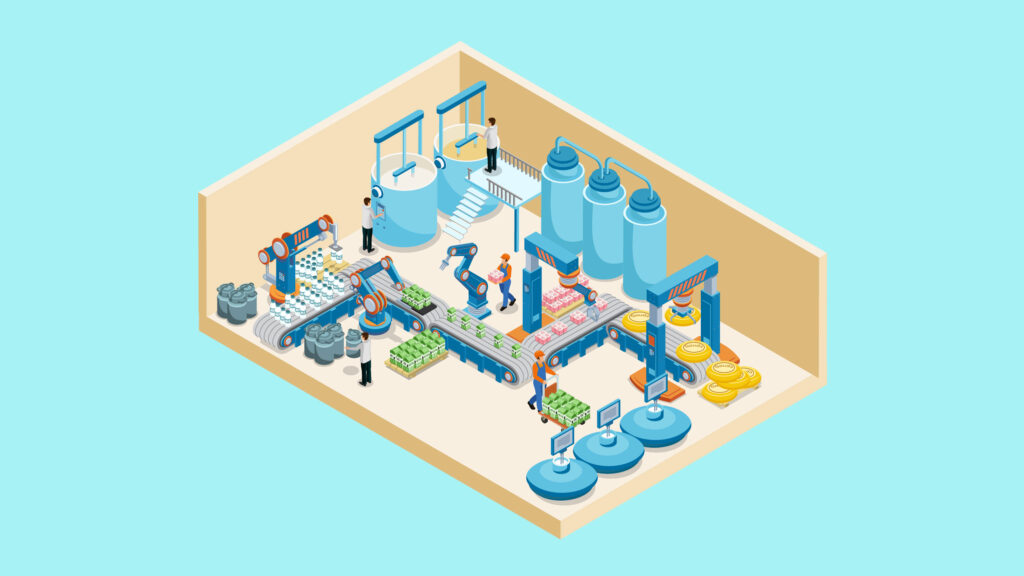In the last few years, the adoption of IoT in the food and beverage industry (F&B industry) has significantly increased. As more industries are undergoing a complete digital transformation the adoption and implementation of IoT solutions in the food and beverage industry have opened doors for greater opportunities. The main objective of the food and beverage industry is to deliver high-quality food to the end consumer.
However, this largely depends on how food and beverages are stored and processed. This is where IoT in the food and beverage industry lends a helpful hand. IoT solutions greatly help companies to achieve higher levels of food safety and reduce the costs of food processing and packaging. Further, it also helps in improving traceability, reducing food shortage, cutting down wastage, etc. the benefits of IoT in the food and beverage industry are explained in detail.
What is IoT?
The term “Internet of Things,” also known as “IoT,” refers to physical objects or collections of objects that are equipped with sensors, processing power, software, and other technologies that allow them to communicate and exchange data with other systems and devices over the Internet or other networks of communication.
This can contain a wide array of gadgets that can be used for a number of different things, including home automation, healthcare systems, agriculture, transportation, environmental monitoring, and more. The phrase has been criticized as misleading because gadgets only need to be individually addressable and connected to a network, not the general internet. The discipline has changed as a result of the confluence of several technologies, including machine learning, ubiquitous computing, inexpensive sensors, and increasingly potent embedded systems.
Decoding IoT in Food and Beverage Industry
The food and beverage business is one of many that the Internet of Things (IoT) is having a big impact on. IoT can assist businesses in this industry in streamlining their operations, increasing productivity, and cutting down on waste. Food safety is one area where IoT is really making a difference. Businesses may make sure that food goods are being stored and transported at acceptable levels by utilizing sensors to monitor temperature, humidity, and other variables. IoT can be used to follow goods along the supply chain, enabling businesses to immediately spot and address any contamination or other potential problems.
IoT technology can also be employed in the food and beverage sector to improve the customer experience. For instance, businesses may employ mobile apps or connected vending machines to permit payment, give personalized promotions, and enhance the entire shopping experience.
In general, IoT technology is fundamentally changing the food and beverage business. Businesses may streamline their operations, assure food safety, and improve the consumer experience by connecting equipment and collecting data.
5 Benefits of IoT in the Food and Beverage Industry
Provides Increased Food Safety
Implementing IoT solutions in the F&B industry has massively reduced the chances of developing food-related illnesses in humans. This is possible through food monitoring sensors that monitor the production state of food as well as when it is shipped after production. This has hugely helped in reducing instances of food wastage and prevents rotten food to reach the end consumers, thus enhancing food safety levels.
Enhances Multiple Processes
Apart from food safety, there are many other things that can make multiple processes easier by implementing IoT solutions. There are different types of IoT sensors that can be integrated with factory systems that inspect multiple processes such as manufacturing, production, and storage. This majorly helps in keeping tabs on exact output, quality control, product tracking, tracking employee activity, etc.
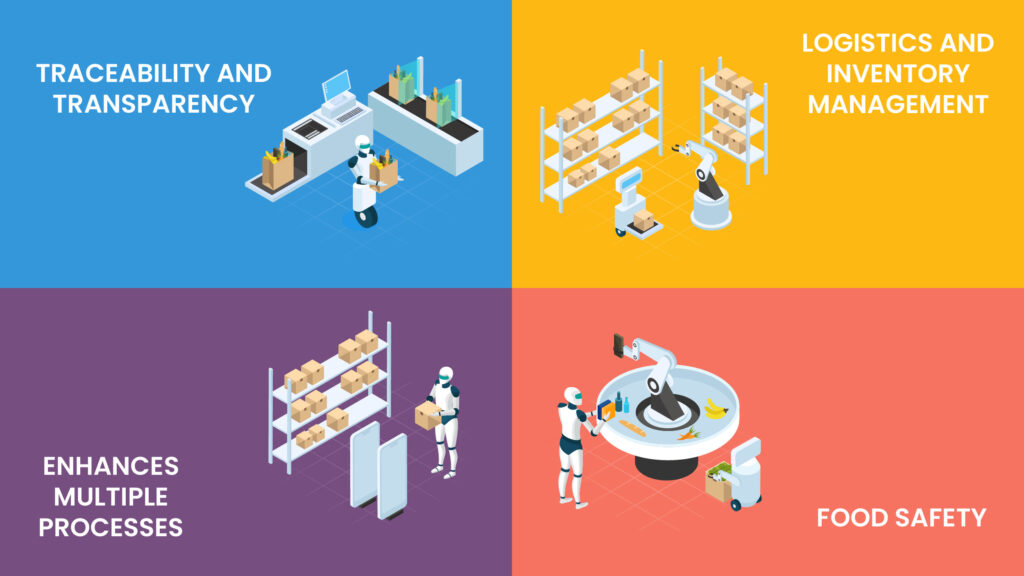 Improved Traceability and Transparency
Improved Traceability and Transparency
The implementation of a traceable and transparent supply chain of goods and services is now a necessity. This has further increased the use of IoT sensors that help consumers and companies to track products. for increasing customer loyalty and establishing trust between the business and the consumers.
IoT technology enables consumers to scan the QR code on the product to easily track its entire food supply chain. This helps consumers trust companies and makes the entire process more effective.
Streamlines Logistics and Inventory Management
One another great advantage of IoT in the food and beverage industry is that it can be used in the logistics department for smooth operations. These IoT solutions for logistics are also helpful in inventory management. These IoT technologies are supported by just-in-time logistics to ensure that all supplies are aligned with demand. These systems hugely help in avoiding shortages and overstocking as well.
Reduces Food Wastage
Wastage in the food and beverage industry is not only a given but also a challenge for enterprises working in this industry. However, managing food waste with advanced IoT technology has provided effective ways to save these products. IoT technology can monitor all the stages of food production as well as the state of the food products.
IoT sensors allow enterprises to track food and beverage temperatures in real-time. When food storage or shipping containers go above or below the prescribed temperature these IoT sensors send alert signals so corrective measures can be taken to reduce food wastage.
Few Key Companies Using IoT in Food and Beverage Industry
Several significant businesses in the food and beverage sector are utilizing IoT, including:
- Nestle: They use IoT in their coffee and vending machines to track inventory levels, anticipate maintenance requirements, and enhance consumer experiences.
- Coca-Cola: They are monitoring stock levels, temperature, and sales trends via IoT sensors in their vending machines.
- PepsiCo: They use Internet of Things (IoT) sensors in their manufacturing plants to monitor equipment performance and enhance production procedures.
- Kraft Heinz: IoT is being used by Kraft Heinz to monitor the humidity and temperature in their manufacturing facilities and supply chain, thereby enhancing the quality and safety of their products.
Conclusion
Today, with the advancements in the Internet of Things technology the F&B industry is experiencing major transformations. These transformations are largely exclusive to food safety. Thus, leveraging IoT technology in the food and beverage manufacturing industries assures the availability of the highest food quality standards anytime and anywhere. Furthermore, there are many advantages to IoT for the food and beverage business. Temperature-sensitive goods can be closely managed with IoT monitoring solutions, minimizing loss, and deterioration.
Additionally, nanotechnology can be used to raise the standard and security of food goods. Blockchain and IoT together can improve food safety and transparency. AI and smart farming technologies can boost productivity and cut costs. Finally, technology-enabled sustainable packaging options can aid in lowering the industry’s environmental impact. IoT has enormous potential to boost consumer happiness, decrease waste, and increase production in the food and beverage sector.








